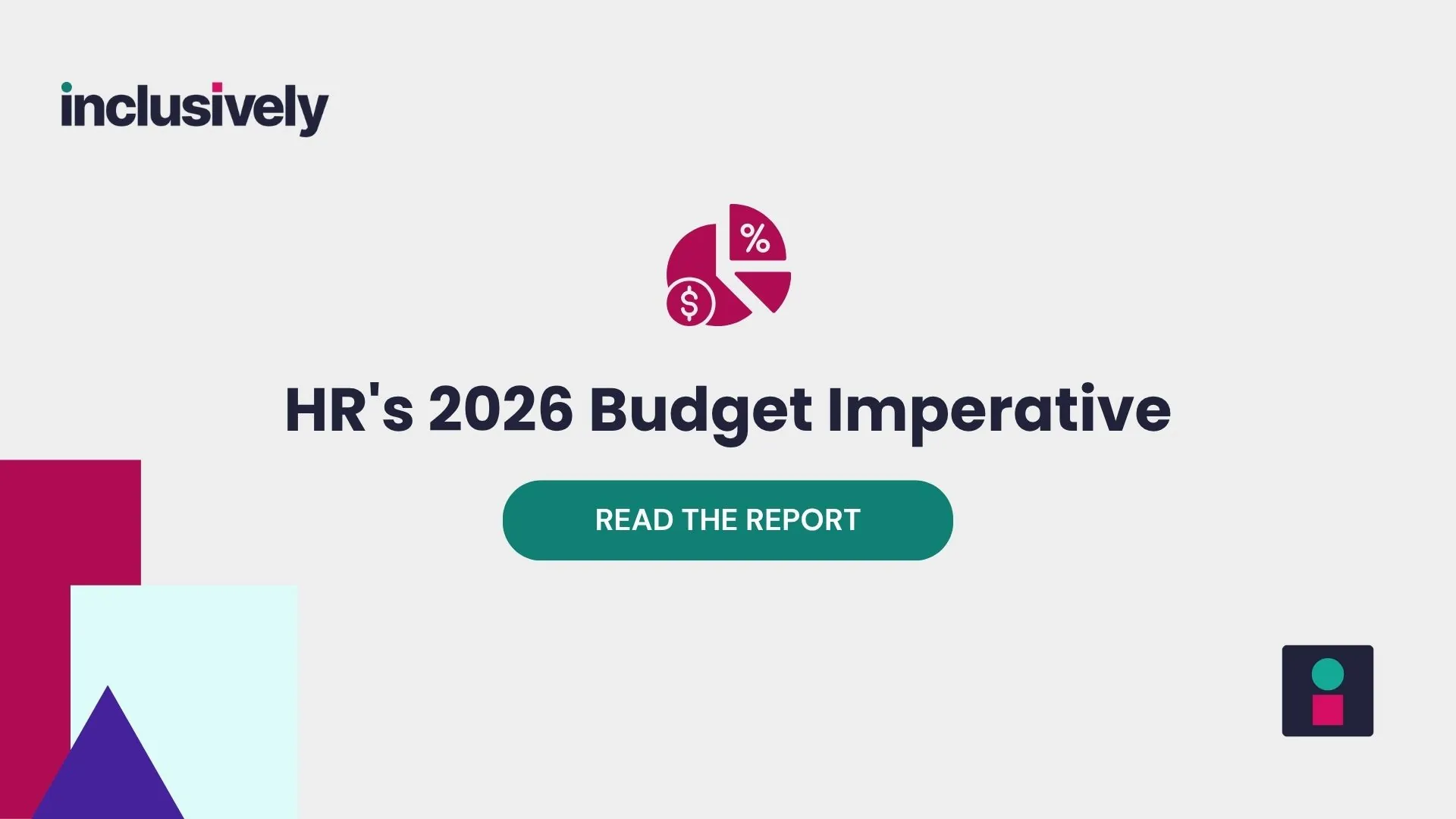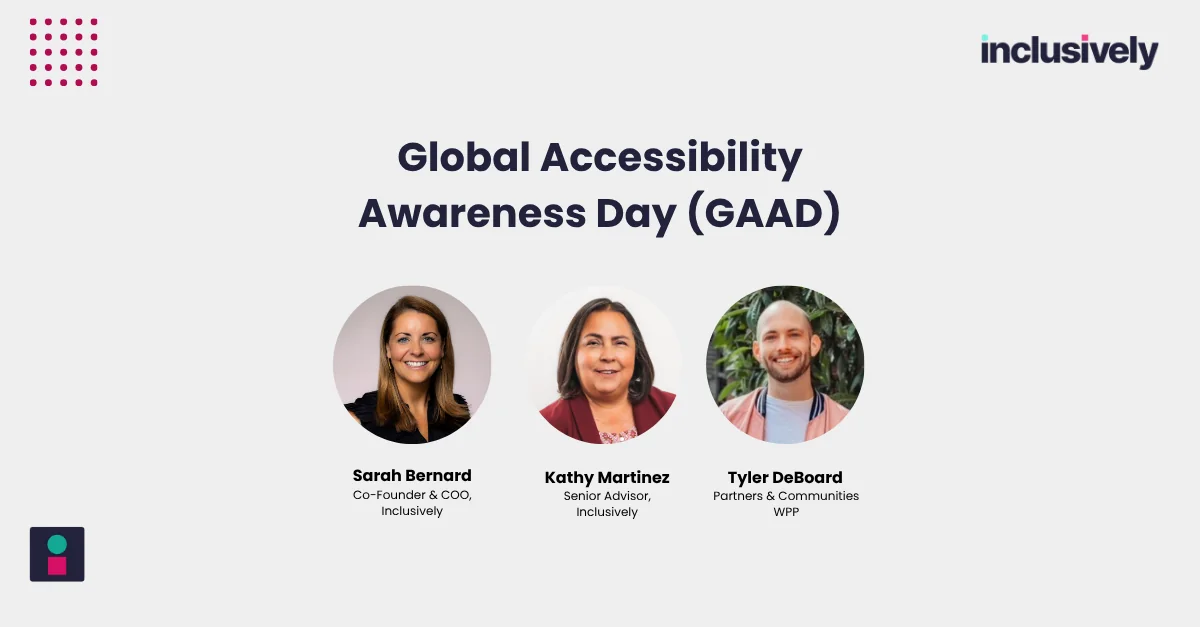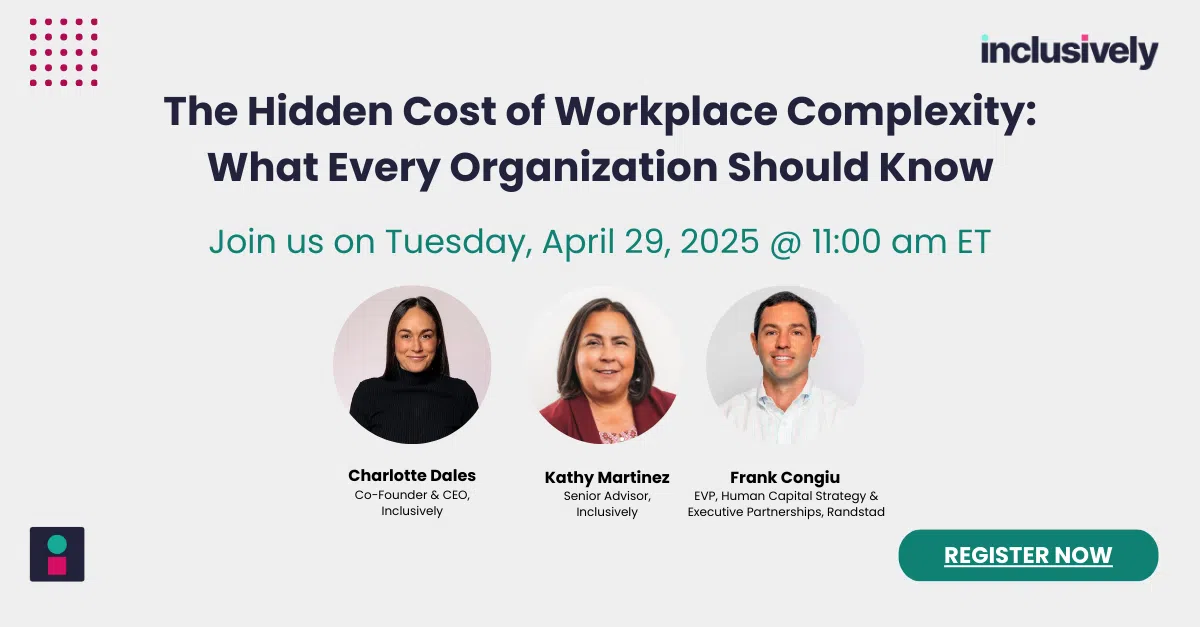Workplace accessibility ensures all employees, including those with disabilities, can easily use and get around the workplace. It covers not just the physical layout of the office but also things like digital content and ways of communicating. This means giving everyone the tools and resources they need to do their jobs well.
Making the workplace accessible is crucial for increasing productivity and ensuring all employees are involved and active. When everyone can fully participate and work efficiently, it helps not only each person but the whole team. This inclusive work environment is suitable for individual and team performance.
This article will guide employers on how to make their workplace more accessible. By taking the right steps, employers can create a work environment that includes everyone, which improves productivity and makes employees happier.
What is Workplace Accessibility?
Workplace accessibility, in practical terms, means creating a work environment where everyone, regardless of their abilities, can work effectively. This includes ensuring that physical spaces, like offices and meeting rooms, are easy for people with disabilities. It also ensures that digital tools are designed so everyone can use them easily.
In today’s work environment, focusing on accessibility is more important than ever. With diverse teams and the rise of digital workplaces, ensuring everyone can participate fully is key to a successful business. Accessible workplaces allow employees with disabilities to work without unnecessary barriers, which means they can do their best work.
Key Recommendations for Employers
Inclusively, a platform dedicated to improving workplace productivity offers essential guidance for businesses seeking to create a more accessible work environment.
- Emphasize the significance of clear signage. The workplace must be easy for everyone to move around, including individuals with disabilities. Ensure that signs are straightforward, with easily readable text and clear symbols. Braille signage for visually impaired employees ensures they can independently and safely find their way into the workspace. Effective signage forms the basis of an accessible physical environment.
- In today’s world, where technology plays a significant role, it’s essential to ensure that digital content is accessible. This means that applications and digital documents should be designed to be user-friendly for all. It involves providing alternative text for images, designing layouts that work well with screen readers, and ensuring keyboard navigation. Guaranteeing digital content is accessible promises that every employee can effectively utilize digital tools, regardless of their abilities.
- Create an environment that encourages open discussions about individual accommodations. Understand that each employee has unique needs. Fostering a culture where these needs can be openly discussed and addressed is crucial. It involves actively listening to employees, understanding their requirements and making the necessary adjustments to support their optimal performance. Open dialogue ensures employees feel valued and supported in their work environment.
- Simple adjustments and accommodations can have a significant impact. For example, providing adjustable desks or ergonomic chairs can benefit employees with physical challenges. Installing software that reads text aloud can help those with visual impairments.
Incorporating these recommendations from Inclusively not only promotes workplace accessibility but also contributes to a more supportive and productive work environment for all employees.
Implementing Accessibility in the Workplace
Implementing accessibility in the workplace is vital, especially in the digital domain. This means ensuring that internal software is accessible to all employees, including those with disabilities. Key aspects include compatibility with screen readers, keyboard navigation, and clear visual designs.
It’s important to provide staff training in digital development, focusing on accessibility standards and regular compliance audits. While employers can’t control external websites, they can choose third-party tools prioritizing accessibility. Establishing a feedback system for employees to report digital accessibility issues is crucial for ongoing improvements. By taking these steps, employers can create an inclusive and efficient working environment for everyone.
The Role of Inclusively’s Platform in Enhancing Accessibility
Inclusively’s platform is crucial in helping employers understand and implement necessary accommodations. It provides valuable insights into the accommodations needed for employees with disabilities, making it easier for employers to take the right actions. This proactive approach boosts employee productivity and enhances their engagement and satisfaction.
The Benefits of Accessible Workplaces
Creating accessible workplaces has a range of positive outcomes. It leads to increased employee satisfaction as everyone can perform their jobs effectively. It gives a sense of teamwork and belonging, improving overall team morale. Moreover, it enhances a company’s reputation, showing its commitment to inclusivity and social responsibility.
When a workplace is accessible, it helps everyone. It creates a space where all employees feel valued and supported, which leads to better teamwork and more creativity. In simple terms, making your workplace accessible is not just the right thing to do; it also makes good business sense because it leads to a more productive and inclusive environment.
Overcoming Challenges in Accessibility Implementation
Employers commonly face difficulties when working to make their workplaces more accessible. One frequent issue is the cost of accessibility improvements. To address this, organizations can prioritize impactful changes, such as accessible entrances and digital content. Another hurdle is resistance to change, which can be tackled by promoting inclusion through awareness and education programs. By taking these straightforward yet practical steps, employers can successfully deal with challenges and create workplaces that welcome everyone.
Conclusion
In summary, improving workplace accessibility isn’t just a legal requirement under the Americans with Disabilities Act (ADA); it’s a strategic step toward creating a more productive and inclusive work environment. By following practical recommendations and utilizing platforms like Inclusively, organizations can ensure that all employees can fully participate and thrive in the workplace, regardless of their abilities.



